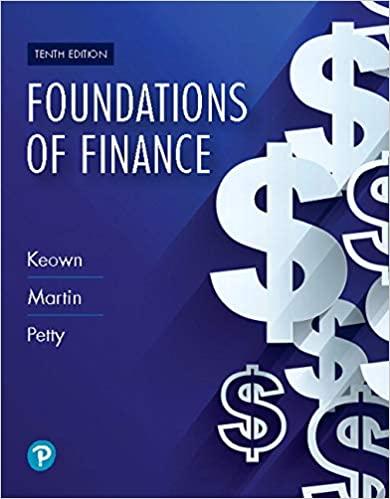Question
Please help me with this discussion question? The action is simply out of fear that the borrower will go out of business, being another bank,
Please help me with this discussion question?
The action is simply out of fear that the borrower will go out of business, being another bank, a Company or an individual. As more banks restricted their lending practices in the aftermath of 2009 financial collapse, debt capital became rare, liquidity dried up and the financial machine simplystopped working. Now, under this new reality with paralyzed debt market activity, wouldnt you expect more companies look into equity as the only reasonable way to raise capital, without sending any negative signals to the investors? This is exactly what happened in 2009-2010, as many companies used equity or very expensive debt with harsh conditions as a way to finance their needs. Additionally, many households in the U.S. startedthe process of deleveraging, reducing debt from their balance sheets, and rather using equity when making purchases.
Consequently, the discussion topic for this week is as following. Taking in consideration the 2009 events that changed access to most debt market activity, what should be the preferred way of U.S. companies to raise capital? How do you see the capital structures and associated pricing change in the future compared to whats described in chapter 15? Remember, do not automatically assume that all capital should be equity going forward. If you look at big failures such as Fannie, Freddie and AIG, debt issuers were the only group that will get some of their money back while the groups that provided equity capital to these companies saw their capital get wiped out. Debt Vs. equity, what will be the future of companies balance sheets? Also, keep in mind that during the period of 2012-2015, many companies have taken advantage of historically low rates to borrow large amounts of money and while many predicted that the window of opportunity would narrow with rising rates, that never happened in 2014 andhas risen very moderately in 2015 and ultimately reversed course in 2016.
Step by Step Solution
There are 3 Steps involved in it
Step: 1

Get Instant Access to Expert-Tailored Solutions
See step-by-step solutions with expert insights and AI powered tools for academic success
Step: 2

Step: 3

Ace Your Homework with AI
Get the answers you need in no time with our AI-driven, step-by-step assistance
Get Started


